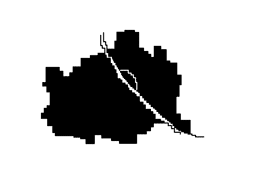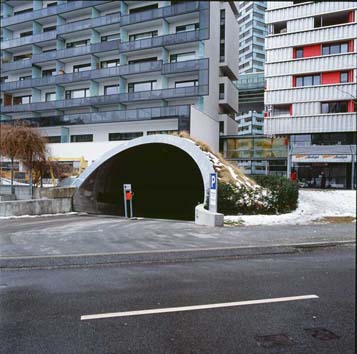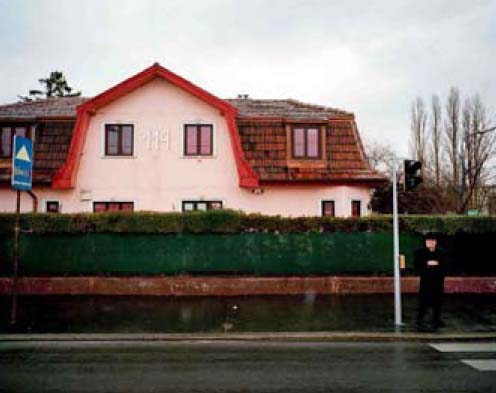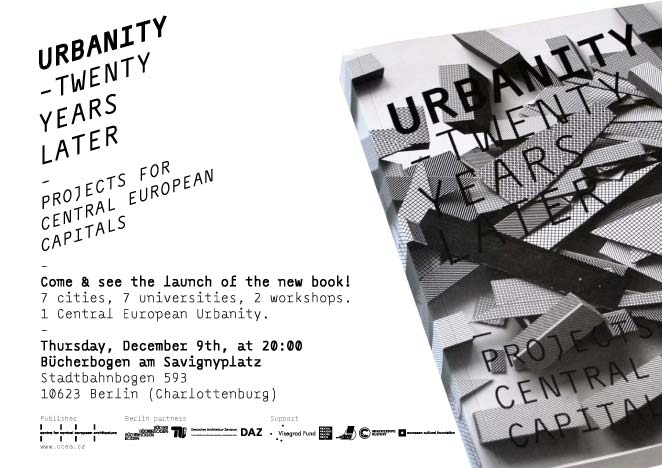
Wien
City foundation:
9th century
Population:
1.680.266 inhabitans
Area:
414,90 Km2 per district
Density:
4.011 inhab./km2
Dividing the city:
23 districts
Mayor:
Michael Häupl (SPÖ)
party:
Social democratic party of Austria
Vienna was once one of the most important political and cultural centres of the world. Today the city is a well-developed market economy and high standard of living, is closely tied to other important cities from the EU, especially Berlin.
After being the centre of power for the large Austro-Hungarian Empire, Austria was reduced to a small republic after its defeat in World War I. Following annexation by Nazi Germany in 1938 and subsequent occupation by the victorious Allies in 1945, Austria's status remained unclear for a decade. In 1991, the Soviet Union collapsed and later in 1995 Austria entry into the European Union. Austria entered the EU Economic and Monetary Union in 1999. In January 2009, Austria assumed a nonpermanent seat on the UN Security Council for the 2009-10 term.
From the photography exhibition

Wolfgang Schneider, Vienna 2009
Contemporary forms of living designed for cars

Reiner Riedler, Behind the Facades, Vienna 2009
Our dream about our own homes enclosed in suburban peripheries
